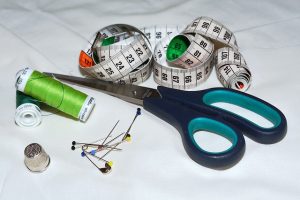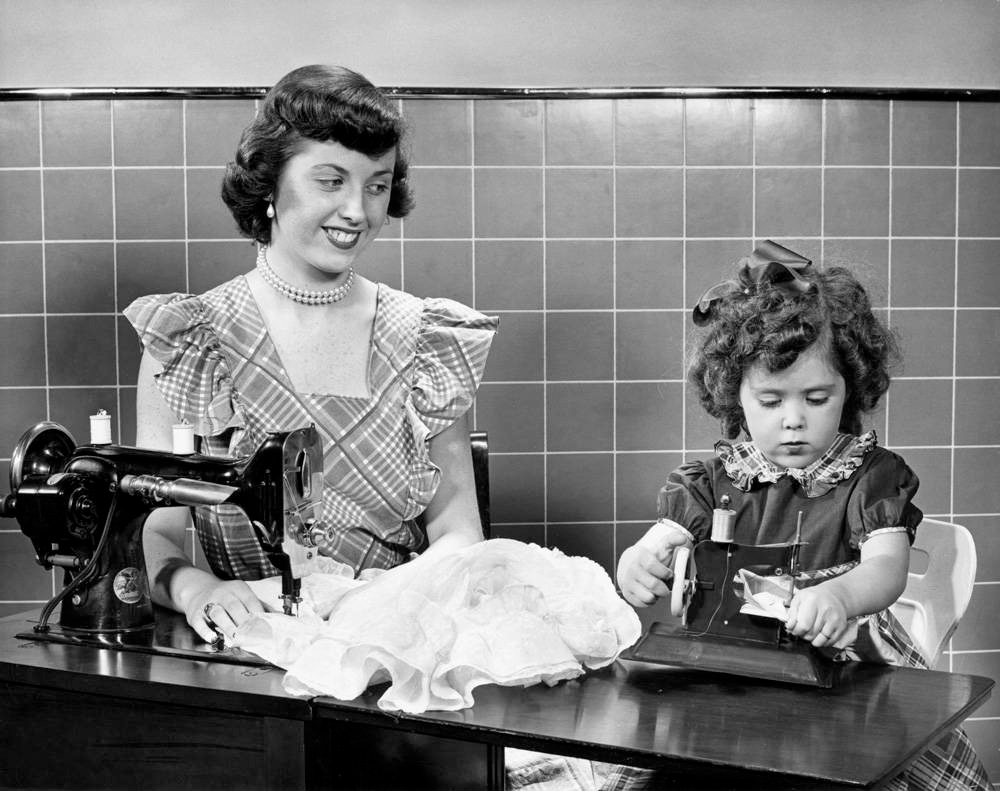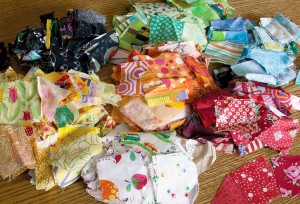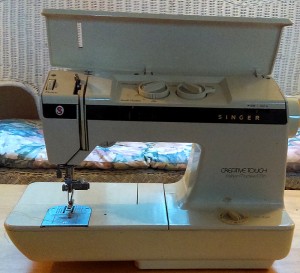How Young is Too Young
Does your daughter (or son) hang around while you’re sewing? Do they seem really interested? Maybe they even beg you to show them or let them help? If you’re like most parents, this makes you happy that they’re interested, but unsure when is the right time to get them involved in your hobby.
Like many things in the course of childhood, the decision of when to teach your child to sew isn’t as much about chronological age as it as about maturity level. Before you teach your child to sew, they need to exhibit patience and ability to sit still and pay attention for an hour or so at a stretch. Manual dexterity helps, but isn’t absolutely necessary since you’ll be there to help with items like pinning and cutting.
Step 1: KISS
Even if your child doesn’t love momma kisses and hugs, keeping their first sewing project simple and fun will help keep their interest. Bean bags, doll pillows, and similar items are a great way to engage your child’s interest and help them learn basic sewing skills. They’re small enough to be completed quickly and not overwhelm your child with several steps.
Bean bags can be cut freehand without the benefit of a pattern. Depending your comfort level and your child’s interest and abilities, you can guide them through the setup and use of the sewing machine. At the end, you can both have a great time stuffing the bean bags and playing a game of bean bag tag.
Step 2: A Tougher Project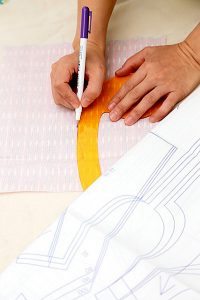
Assuming the first project went well and they’re still interested, you can help your child pick a simple pattern to work on. Projects like simple doll clothes for American Girl sized dolls or a basic stuff animal can be great options. Give them some guidelines and set them free to pick out fabric.
Help your child learn to read the pattern and understand how to lay out the pattern pieces. If they’re up to it, explain about the different ways to fold the fabric based on how the pattern needs to be laid out. If you think they’ve got the dexterity, it might be appropriate to let them help you pin and/or cut the pieces. As with the simple first project, let them help you with the sewing machine if it seems appropriate to do so.
Things to Remember When Teaching Your Child to Sew
- Every sewing project is unique – so is your child
- Go at their pace
- Keep their physical needs/abilities in mind
- Start small
- Keep it simple with an easy, fun project
- Judge their interest and only move on to a tougher project if they want
- Be patient
- Just as many parents can’t teach their kids to drive, teaching your kid to sew may not work out
- If teaching your child to sew is too stressful for both of you, check around for classes. Often places like the local YMCA will offer sewing classes for kids.



